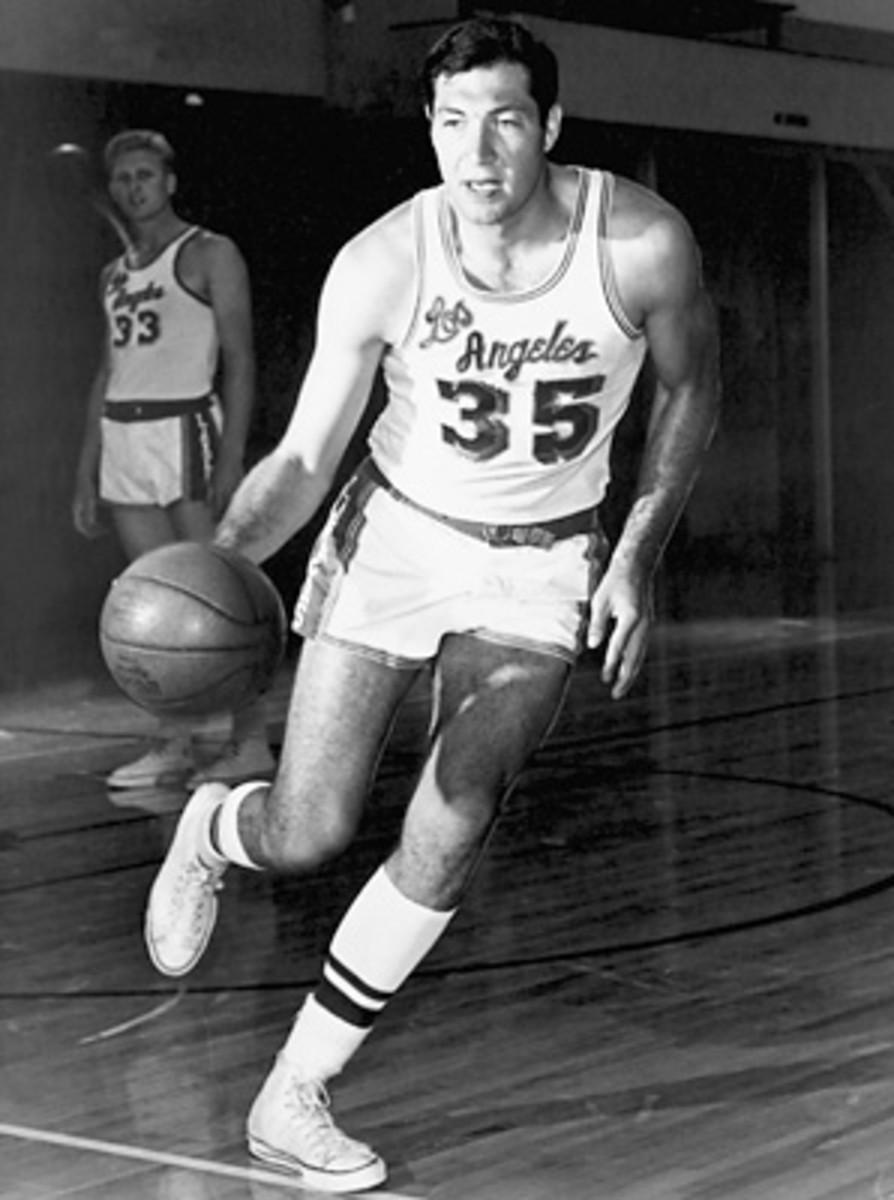Looking back at the worst tragedies in the history of sports
This week is, simply, the anniversary of the saddest day in American sport. Fifty years ago, on the morning after Valentine's Day, a Sabena 707 plunged into a field near Brussels. Eighteen U.S. figure skaters were killed -- the elite of a nation's whole sport wiped out, along with coaches and officials. Proudly, they were flying to the world championships.
There have, in fact, been several horrendous airplane accidents that have decimated sports teams through the years --although, mercifully, none lately, so that the disaster plans employed by professional leagues have never had to be applied. Still, virtually whole college teams have been lost to crashes: the Marshall University football squad in 1970, Evansville basketball in '77.
Almost all of Zambia's national soccer team was killed in 1993. Fourteen members of the U.S. amateur boxing squad perished when their plane went down in Poland in 1980, but most famously of all, if not for the crash, but for the ensuing ordeal, is the tale of the survivors of the Uruguayan rugby team whose plane plowed into the Andes in 1972, who then ate the frozen corpses of their teammates ---- forever remembered in the book, Alive.
Because soccer is so much more emotionally woven into so many people's consciousness, the crash, on May 4th, 1949 of the Turin team on a hilltop just outside the city, sent out even more tragic ripples than the American skaters' crash. Il Grande Turino was by far the finest team in the world then, a glorious juggernaut. In a way, it was even seen as symbolic of Europe's rise from the rubble of war. And then they were gone, all 22, all of the champions, all of Turino's heart, all of soccer's soul.
The closest the U.S. ever came to losing a professional team was in January of 1960, the winter just before the skaters were killed. The Lakers, playing then in Minneapolis, chartered a DC-3 to take them back home from a game in St. Louis. In mid-flight the electrical system went kaput. Essentially, only the propellers still worked. I knew a lot of guys on that flight. In the cold and the dark, Elgin Baylor just stretched out on the aisle floor, listening as the pilots desperately took the plane down and finally spotted a corn field. The first pass was too steep. They were running out of fuel.
Slick Leonard turned to Hot Rod Hundley. "Well, Rod, if we don't make it, baby, at least we got to smell the roses."
Then the pilot made an absolutely perfect landing in the field. No one suffered a scratch. One of our greatest franchises survived. But it was the next February 15th, when all of our best skaters were lost, a nation's sport annihilated. That it came back, that Peggy Fleming would win the Olympic goal only seven years later, can never salve the wounds of America's worst sports tragedy, when the very best took off on Valentines, flying to a championship they never reached.






